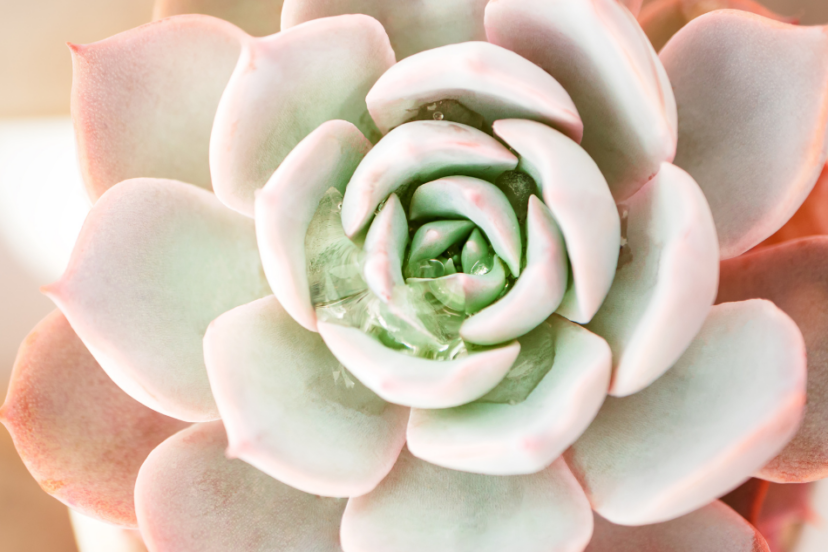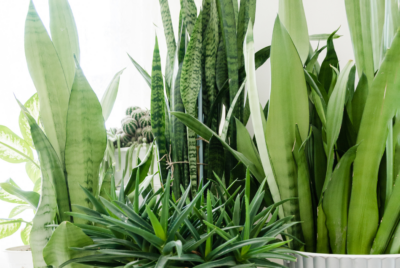10 Low-Maintenance Indoor Plants For Beginners
Indoor gardening has become increasingly popular among those looking to bring a touch of nature into their homes, especially for beginners. Whether you have a green thumb or are just starting out, choosing the right plants for your indoor space is crucial. Low-maintenance plants are the perfect choice for those who want to enjoy the beauty of nature without the stress of constant care. In this guide, we will highlight 10 easy-to-care-for plants that are perfect for beginners looking to start their indoor garden journey. From vibrant succulents to lush foliage, these plants are sure to thrive in your indoor space with minimal effort.
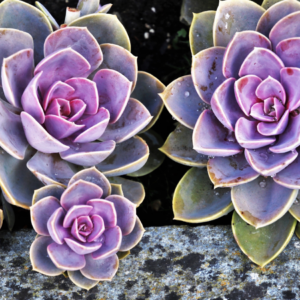
Key Takeaways:
- Choose low-maintenance plants: For beginners, opt for plants that are easy to care for and don’t require too much attention.
- Succulents and cacti are ideal: These plants are perfect for indoor gardening as they require minimal watering and can thrive in different conditions.
- Spider plants and pothos: These are great options for beginners as they are resilient and can adapt to various light conditions.
- Peace lilies and snake plants: These plants are not only low-maintenance but also known for their air-purifying qualities, making them perfect for indoor spaces.
- Avoid plants that need high maintenance: As a beginner, it’s best to stay away from plants that require frequent watering, specific temperatures, or high humidity levels.
Getting Started with Indoor Plants
Understanding Your Indoor Environment
With the rise in popularity of indoor gardening, it’s important to understand your indoor environment before exploring into plant care. Factors such as light, temperature, and humidity levels can significantly impact the success of your indoor garden. Take note of the sunlight patterns in different areas of your home and consider investing in a humidity monitor to ensure your plants thrive.
Must-Have Supplies for Indoor Gardeners
Supplies are imperative for any indoor gardener looking to create a successful plant oasis. Basic supplies include pots with proper drainage, high-quality potting mix, a watering can, and a spray bottle for misting. Investing in a pair of pruning shears and a small trowel can also make plant maintenance a breeze. Be mindful of, the key to a healthy indoor garden is having the right supplies on hand!
Plus, don’t forget to add a touch of personal style to your indoor garden with decorative pots or plant stands. Accessorizing your plant collection not only adds a visually pleasing element to your space but also showcases your unique personality and creativity. Get ready to transform your indoor environment into a green oasis that brings joy and tranquility to your everyday life!
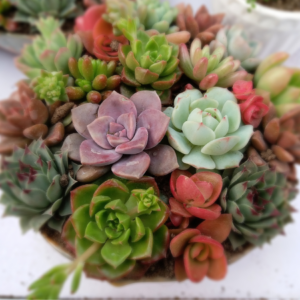
Our Top 10 Low-Maintenance Indoor Plants
Succulents: The Hardy Desert Dwellers
It’s hard to go wrong with succulents when it comes to indoor gardening. These hardy desert dwellers require minimal attention and are perfect for beginners. With their thick, fleshy leaves, succulents store water efficiently, making them resilient to occasional forgetful watering sessions. They thrive in bright light and only need water when the soil is completely dry, making them an ideal low-maintenance plant choice.
Snake Plant: The Air-Purifying Sentinel
AirPurifyingSnake plants are not only low-maintenance but also excellent air purifiers. They are known for their ability to remove toxins such as formaldehyde and benzene from the air. These striking plants have upright, sword-like leaves that add a touch of green to any indoor space. Snake plants are also incredibly resilient and can tolerate low light conditions and infrequent watering, making them an ideal choice for busy plant owners.
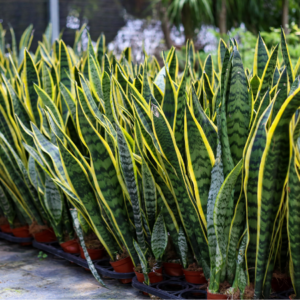
Plant Care Basics
Watering Without Worry
With indoor plants, one of the most common mistakes beginners make is overwatering. Too much water can lead to root rot and other issues. The key is to check the soil moisture before watering. Stick your finger into the soil about an inch deep – if it’s dry, then it’s time to water. Note, it’s better to underwater than overwater!
The Light They Love
Light is crucial for plants to thrive indoors. Different plants have different light requirements, so it’s important to place them in the right spot. For example, plants like succulents prefer bright, indirect light, while ferns thrive in low light conditions. Observing how your plants respond to the light in your home will help you find the perfect spot for them to grow.
Love Light: When placing your plants near windows, be cautious of direct sunlight, as it can lead to sunburn on the leaves. Rotate your plants occasionally to ensure each side receives adequate light for balanced growth.
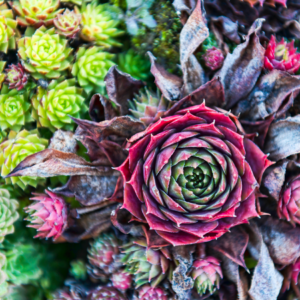
Tips for Thriving Indoor Gardens
Once again, for those looking to create a successful indoor garden, there are a few tips to keep in mind. First, make sure to choose the right low-maintenance plants that suit your lifestyle and environment. Secondly, ensure your plants receive adequate light, water, and nutrients to thrive. Lastly, don’t forget to regularly check your plants for any signs of pests or disease.
Knowing how to care for your indoor garden is crucial to its success. By following these tips, you can create a beautiful and healthy indoor oasis that will bring joy and tranquility to your living space.
Dealing with Common Plant Pests
Plant pests can quickly become a nuisance in your indoor garden, affecting the health and growth of your plants. To prevent pest infestations, regularly inspect your plants for any signs of common pests such as aphids, spider mites, or mealybugs. If you do notice any pests, act quickly to remove them using natural or chemical solutions to protect your plants from harm.
When to Repot: Signs Your Plants Are Growing
Tips for Thriving Indoor Gardens: Knowing when to repot your plants is crucial for their growth and well-being. Keep an eye out for signs such as roots coming out of the drainage holes, stunted growth, or water draining too quickly. When you notice these signs, it’s time to repot your plants into a larger container to give them more room to grow and thrive.
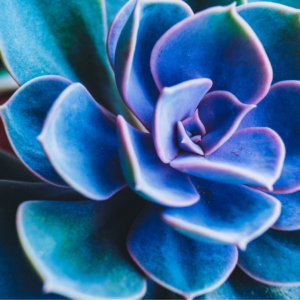
Conclusion
As a reminder, indoor gardening can bring a touch of nature into your home with little effort. The 10 low-maintenance plants mentioned in this article are perfect for beginners looking to incorporate greenery into their space. For more tips on low-maintenance indoor plants and flowers, check out 10 Low-Maintenance Indoor Plants and Flowers.
FAQ
Q: What are some low-maintenance plants perfect for beginners in indoor gardening?
A: Some low-maintenance plants that are perfect for beginners in indoor gardening include spider plants, pothos, snake plants, succulents, and peace lilies.
Q: How often should I water my indoor plants?
A: The frequency of watering indoor plants varies depending on the plant type and environmental conditions. It’s generally advisable to water plants when the top inch of soil feels dry to the touch.
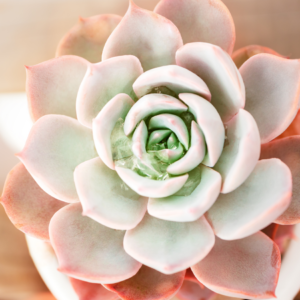
Q: What kind of lighting do indoor plants need?
A: Most indoor plants thrive in bright, indirect light. However, specific lighting requirements may vary between plant species. It’s imperative to research the lighting needs of each plant before placing them in your home.
Q: How can I prevent pests in my indoor garden?
A: To prevent pests in your indoor garden, regularly inspect your plants for any signs of infestation, maintain proper air circulation, avoid overwatering, and occasionally wipe down plant leaves with a mild soap solution.
Q: What are some imperative tips for successful indoor gardening?
A: Some imperative tips for successful indoor gardening include providing adequate light, proper watering, regular fertilizing, repotting when needed, and keeping an eye out for any signs of plant stress or disease.

